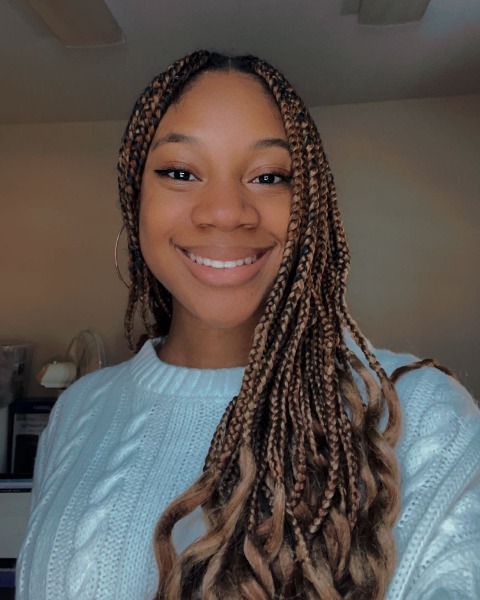Genomics/Epigenomics
Session: Genomics/Epigenomics
374 - Rare Disease Narratives on Social Media
Monday, May 6, 2024
9:30 AM - 11:30 AM ET
Poster Number: 374
Publication Number: 374.3173
Publication Number: 374.3173

Cassidy Scott (she/her/hers)
Division of Newborn Medicine Intern
Boston Children's Hospital
Yonkers, New York, United States
Presenting Author(s)
Background: Rare diseases collectively affect up to 10% of the global population and disproportionately contribute to morbidity, mortality, and healthcare spending. Although recent genomic advances have enabled identification of the molecular underpinnings of many of these conditions and precision therapies are increasingly available, understanding of the lived experience of people with rare disease remains limited. This lack of insight presents a barrier to optimal genomic medicine implementation. Social media provides an opportunity for narrative expression for people with rare diseases and thus valuable insight to inform genomic care, although misinformation regarding rare diseases is also a concern.
Objective: To describe rare disease narratives presented as brief videos on a social media platform.
Design/Methods: 500 videos were reviewed, identified via the tags of #raredisease, #raredisorder, or #raredisorders. Demographics of the content creators as well as the name of the rare disease were extracted where available. Two authors independently conducted a thematic analysis of the video content using a mixed deductive-inductive approach.
Results: Video narrators were typically caregivers (249/500, 50%) or the person affected (230/500, 46%). Five major themes were identified, each with multiple subthemes (Table): (1) spreading awareness, (2) guidance for others with disease, (3) providing an intimate view into life with rare disease, (4) reflections on interaction with the healthcare system, (5) providing responses to comments, questions, or correcting false narratives. Spreading of misinformation was uncommon, as most videos centered on personal experience rather than an intent to teach or provide medical advice. Content creators generally encouraged rare disease advocacy and attempted to educate about the unique features of their lives, providing an intimate window into their daily experiences, victories, losses, and challenges.
Conclusion(s): People living with rare disease used social media primarily to spread awareness of their conditions and allow for insight into the impact on their lives, often in an effort to normalize and center differences in the context of human experience. Our data reveal an opportunity for insights from social media regarding lived experience with rare disease to be meaningfully incorporated into genomic medicine practice.
.jpg)
